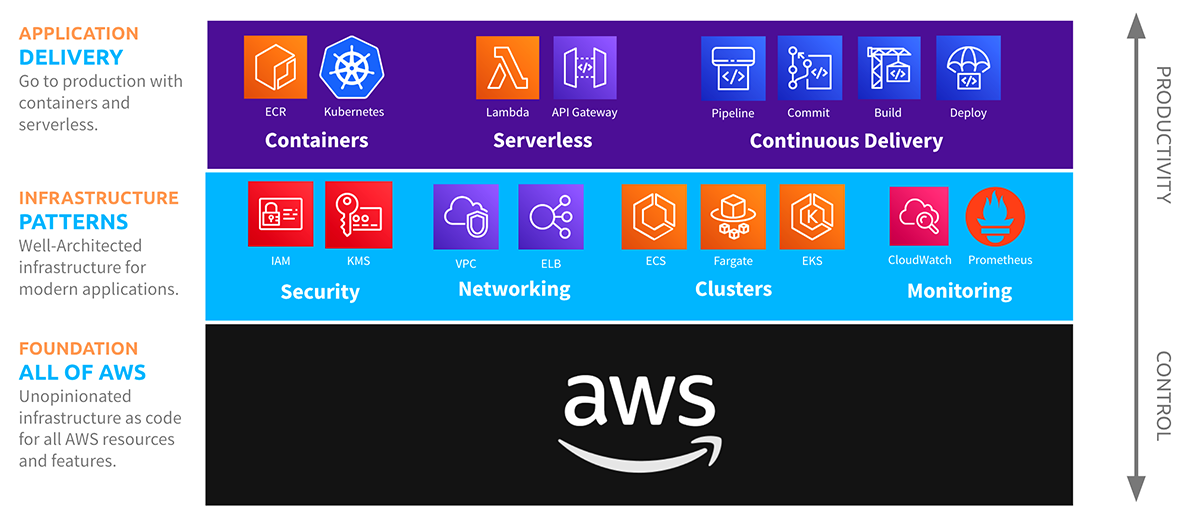
But with a slow 3G network, you might have disconnections to the server, which could potentially lead to lost work ranging from a few seconds to a few minutes. With a fast internet connection, the remote development experience feels native when opening, creating and typing in files, and interacting with the remote server’s command line. The main reason to avoid coding on a remote environment is the internet connection requirement to access your remote server. Depending on your configurations, your server data can be replicated to servers in different parts of the world. Reliability: a cloud server is far more reliable than your local machine can ever be. Managing different versions of these might prove rather hectic, as any bugs that crop up because of this can’t be easily replicated. For example, a project might require different versions of MySQL, C++, and system libraries like LibPng and ImageMagick. Seamless Development: remote coding gives you the ability to create environments specially tailored to the project at hand. Prod-Dev Synchrony: by having a remote dev environment similar to your production environment you can minimize any deployment issues. It’s pretty straightforward to boot up a 32GB RAM AMD EPYC instance for some data science workloads. Power: you can easily scale up your remote server based on your workloads. Your code isn’t tied to your local machine, as such, you can code from anywhere using any device available at the moment. Portability: you can code from any device with internet access. Here are some pros and cons of developing on the server. If you don’t have one, follow the official tutorial.īut before we get into the how, let’s look at the why. If not, please consult this list of supported clients. This should come as standard on most Linux machines. An SSH client installed on your machine.A Linux-based OS or Windows 10 with WSL2 installed.

To follow along with this tutorial, you’ll need the following:

In this article, we’ll create an AWS EC2 free tier instance and connect it to the VS Code editor via the Remote SSH plugin. In our case, we’ll be using the Visual Studio Code editor and connecting it via an SSH connection to the EC2 instance. Amazon Elastic Compute Cloud (EC2) provides scalable computing resources to build applications (servers) without needing to handle the responsibilities of managing a physical computer.


 0 kommentar(er)
0 kommentar(er)
